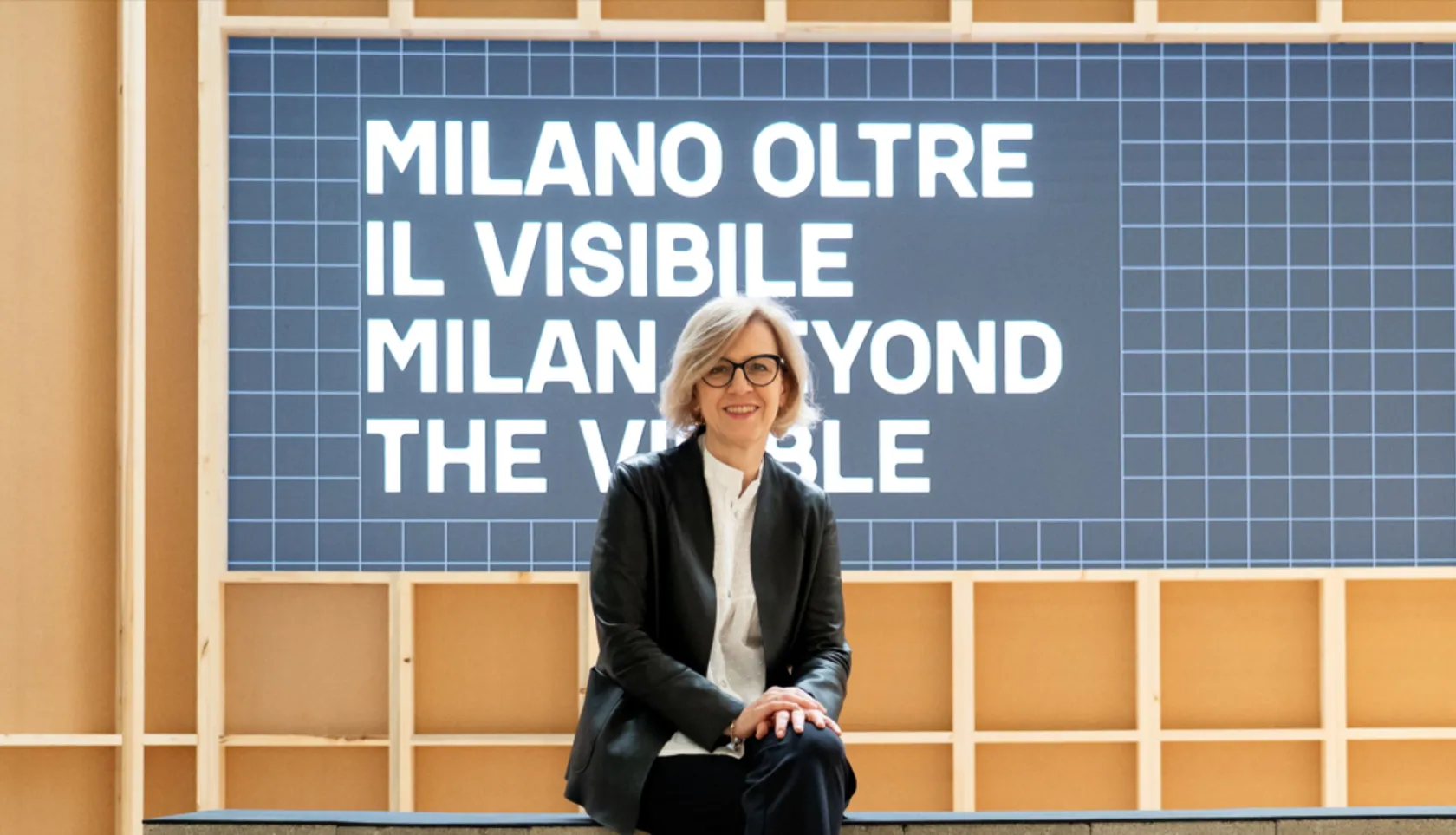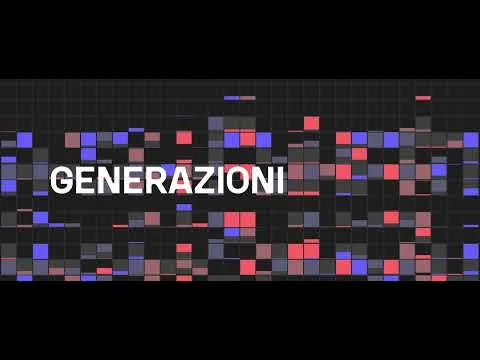
Inside Milan: The Paradoxes That Shape the Future
Milano. Paradossi e opportunità

Milan grows, transforms itself, attracts. But behind this momentum lies a complex reality, marked by imbalances and unequal access to opportunities. It is precisely on this divide that Milan. Paradoxes and Opportunities builds—one of the exhibitions featured at the 24th International Exhibition of Triennale Milano, held until November 9, 2025, and dedicated to Inequalities.
The project is a collaboration between Triennale Milano, Black History Months Milano, and the SI Lab – Social Inclusion Lab at Bocconi University, funded by MUSA-PNRR and led by Professor Alessandra Casarico, who, along with Chiara Serra and Felix Eychmüller, oversaw the scientific data analysis behind the exhibition.
“We aimed to make visible the inequalities running through Milan,” explains Casarico, “by analyzing demographic, income, education, green space access, and civic participation data, and showing how life opportunities can drastically change within just a few kilometers across the city.”
At the heart of the project is a neighborhood-level mapping of inequalities, providing a detailed portrait of Milan’s urban fragmentation. These maps, created using as sources ISTAT [the Italian Statistics Bureau], the Revenue Agency, and Milan City Council’s Open Data, form the core of the NILs – Nuclei of Local Identity: exhibit installations that narrate each paradox with an accessible and immersive language, blending scientific analysis with visual and symbolic storytelling.
“In a city marked by increasingly stark contradictions, Milan. Paradoxes and Opportunities invites visitors to explore urban complexity and challenge seemingly irreversible scenarios,” says project coordinator Seble Woldeghiorghis. “The exhibition acts as a living, relational archive where data and art intertwine, giving rise to new forms of listening and engagement. At the core lies the celebration of diversity as a generative force and a driver for building a more open, inclusive Milan that takes charge of its own future.”
Curators Damiano Gullì (Contemporary Art and Public Program Curator at Triennale Milano) and Jermay Michael Gabriel (director of Black History Months Milano) add: “The interplay of data and the artists’ visions along the exhibition route creates a ‘short-circuit’ where seemingly opposite perspectives—scientific and artistic—converge to offer mutual counter-narratives that enrich and expand our understanding of the paradoxes and opportunities embedded in the city, inspiring reflection and action toward rethinking its future.”
Among the most striking paradoxes: the fragmentation of secondary education, with high schools concentrated in the inner city, forcing students from the outskirts into long daily commutes; the disappearance of large families, priced out by high living costs; and the absence of major parks in some areas, worsening the urban heat island effect.
“Milan is a laboratory city. Here we can observe in real time how inequalities form, stratify, and can be addressed. But here too we see signs of innovation, civic responses, and new policies,” adds Casarico.
Each of the six identified paradoxes and opportunities is paired with a work of art by six artists with an African background, created in dialogue with data provided by SI Lab. The result is an immersive experience that weaves together analytical rigor and emotional interpretation, designed to foster reflection and awareness.
“Mapping inequalities is the first step,” notes Chiara Serra, “but only through the involvement of local communities can these data be translated into effective and inclusive policies.”
With exhibition design by Orizzontale, the show presents itself as a living archive: a space for listening, reflection, and dialogue. But also as a collective imagination exercise, calling on citizens, institutions, and the research community. The goal is not only to reveal urban paradoxes but to open spaces of thought for a fairer and more sustainable future.
Milan. Paradoxes and Opportunities doesn’t just recount inequalities—it displays them, stages them, makes them visible and subject to discussion. It’s an invitation, open to all, to rethink Milan not just for what it is, but for what it could become.
The Six Paradoxes, the Artworks, the Artists
HOUSING: Income vs Rent
Paradox: Incomes rise in the center, but rents increase more in the outer areas, where incomes stagnate or decline.
Artwork: Those of Us Buried Alive Are Called Mineral Rich, 2025 – innocent tubes, screens, video, terracotta, drums, snare drums, wood, shoe polish, rags, books from the collection of the Piemontese Center for African Studies
Artist: Justin Randolph Thompson
FAMILY: With children vs Single-person
Paradox: Large families are disappearing, while single-person households (elderly and young adults) are increasing.
Artwork: Milano #1, Milano #2 (both from the series A New Map of Italy), 2025 – Lenticular Print
Artist: Theophilus Imani
GENERATIONS: Old vs Young
Paradox: The city is ageing but continues to attract young adults with different needs.
Artwork: PR (Public Relations), 2025 – matte velvet, metallic thread, fluorescent yellow thread, aluminum, iron, and fiberglass
Artist: Muna Mussie
EDUCATION: Proximity vs Distance
Paradox: Middle schools are well distributed, but high schools are concentrated in the city center.
Artwork: Zone 1, 2025, Zone 2, 2025 – Cyanotypes and screen printing on fabric
Artist: Délio Jasse
GREEN SPACES: Presence vs Accessibility
Paradox: Uneven access to green spaces, with critical gaps in central districts.
Artwork: Vuelvo al Sur, 2025 – Fine art print on baryta paper
Artist: Jim C. Nedd
PARTICIPATION: Civic vs Political
Paradox: Civic associations are on the rise, while voter turnout declines.
Artwork: Untitled, 2025 – Cyanotypes, soundscape, and two speakers
Artist: Leyla Degan
The 24th International Exhibition Inequalities
The 24th International Exhibition of Triennale Milano, titled Inequalities (May 13 – November 9, 2025), is dedicated to the topic of growing inequalities that befall today’s cities and the world in general. Through a series of exhibitions, special projects, and public program events, the exhibition explores global challenges linked to differences across various areas of life: from economic to ethnic, geographical origin to gender. Figures from the worlds of art, design, architecture, collectives, cultural institutions, museums, and research institutes from around the globe are invited to reflect on the theme, aiming to map inequalities and identify the most advanced political projects for a society where differences are a resource and a value to be reimagined into new forms of community.